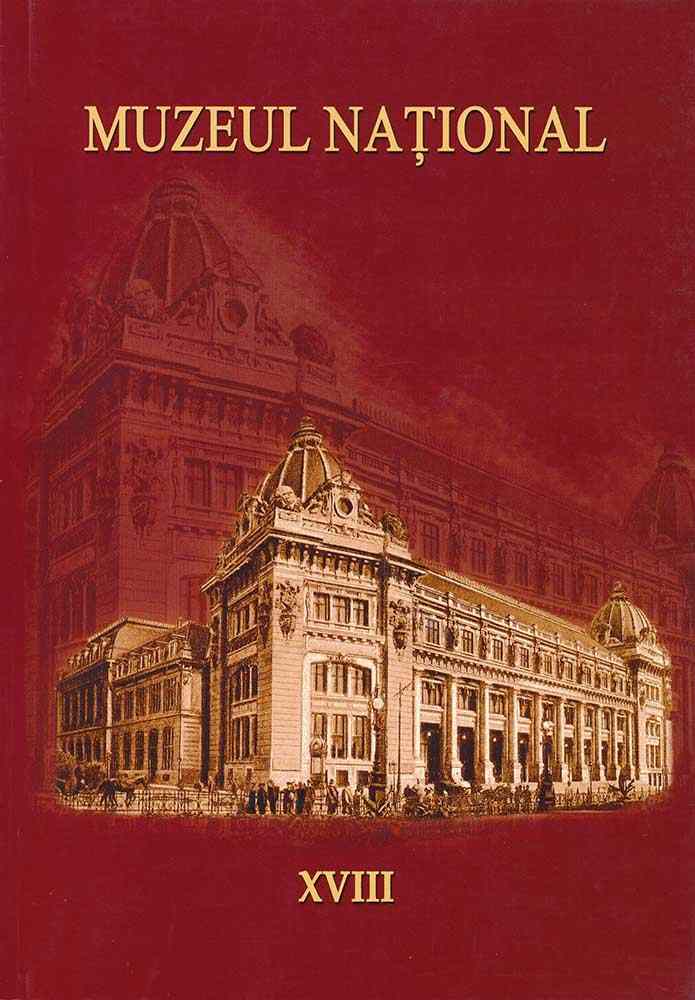| Excerpt |
The way one wore his or her hair was of no less importance in the modern times. During the Fanariotic rule only the high ranking boyars were allowed to wear long beards. The second and third rank boyars wore only moustaches. A man’s position was discernable from the distance due to the style of his beard and fine quality of his clothes. While the beard was long and flowing the head was shaved for keeping better the high fur cap called gudjuman or the globular ishlik. The barber was an important character always welcomed in a boyar’s residence. The boyars’ wives wore their hair long and decorated with flowers and precious jewells. But they soon gave up the old Oriental style for the more fashionable European hairdress with ringlets on both sides of the head. Some still wore the elegant cashmere turban. The hair dressers had a lot to work for those fashionable ladies of Bucharest and Jassy for they always wanted to be up-to-date. 1830 was the turning point in men’s hair style : most of those boyars who chose to enter the new administration shaved their beards and put aside the oriental garb for the black tails or frock coat. The young boyars who joined the newly- organized national army had a special haircut resembling the Russian style. Their moustache was short and elegant. The ruling princes of Wallachia and Moldavia wore whiskers and moustaches. The 1848 revolutionists had long hair and beards which they kept the rest of their lives. In 1860s there were two fashionable styles in close connection with the royalties of the moment: long sidewhiskers like those worn by Franz Joseph I and Wilhelm I or goatee like that of Napoleon III. During the Oriental War of 1877-1878, in the harsh campaign conditions, most of the officers let their beards grow. It was a means of keeping warm in winter. In the same period women had the „waterfall” hairstyle to match with the over-decorated bustle gowns. In 1890s the hairdress was diminishing in hight and a bang, called Alexandra, was quite fashionble. Men wore either short beards or moustaches but after World War I most of them were completely shaved. There were, of course, exceptions among artists and scientists who kept their beards in mid and late 1920s. |

